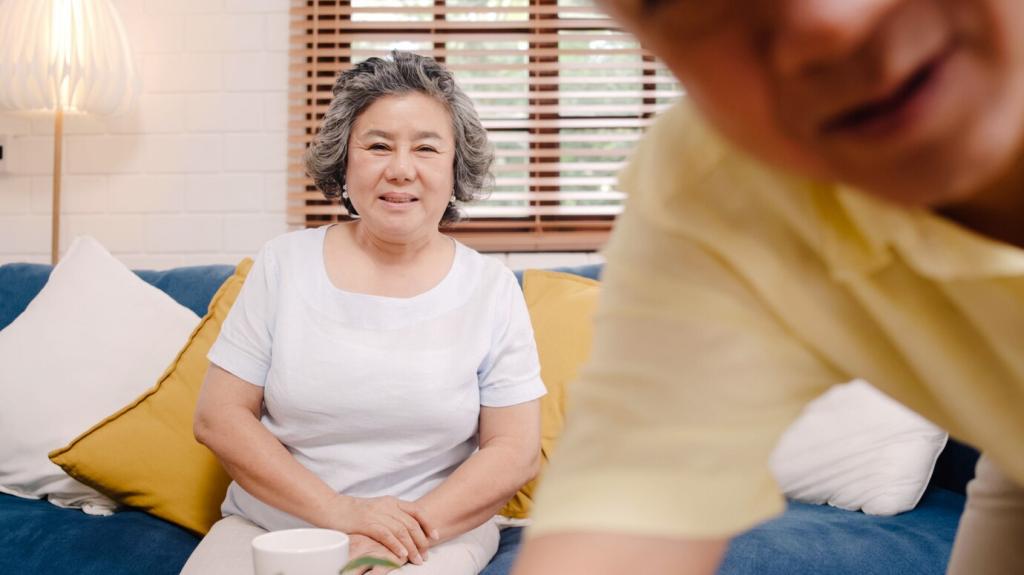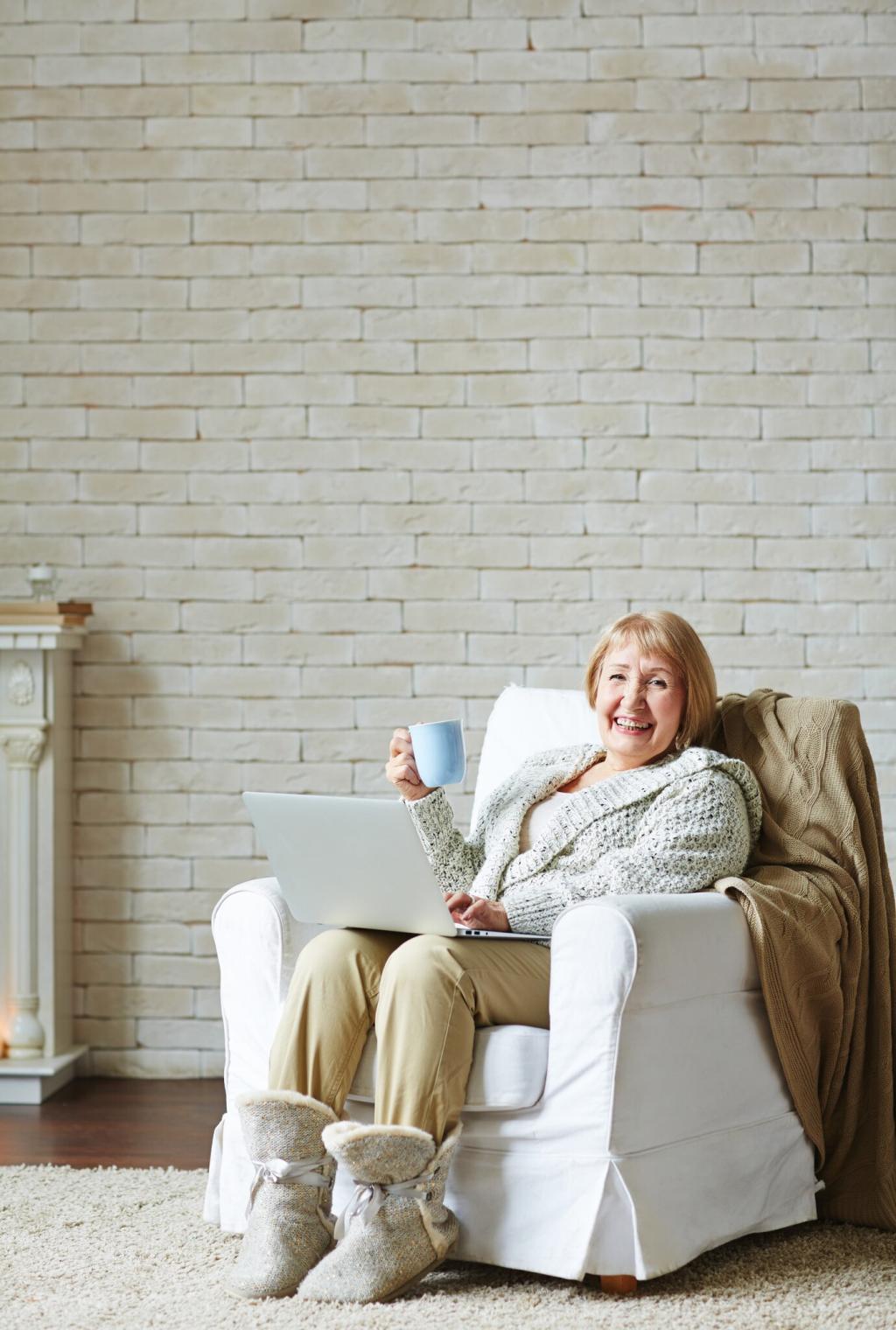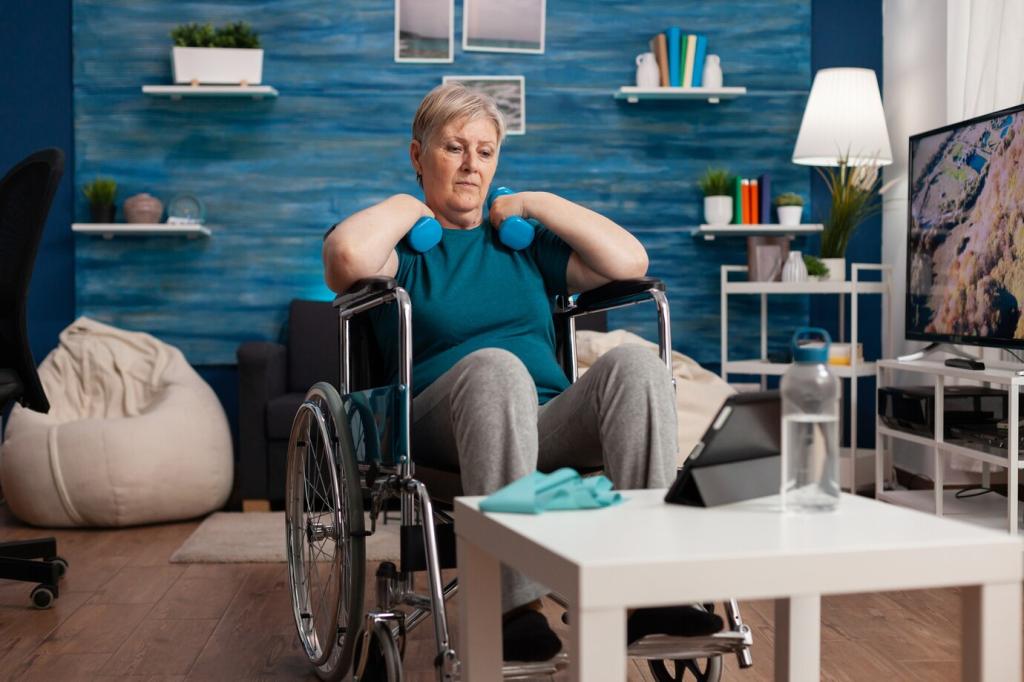Designing for Real Lives
Sensors tuck behind frames, plugs, and light fixtures. Gentle cues—soft chimes, subtle glows—replace harsh alarms. When attention is essential, alerts become clear and compassionate, guiding steps calmly. How would you personalize these cues at home?
Designing for Real Lives
Short, friendly nudges encourage hydration, movement, breathing exercises, or medication adherence. Tone matters: supportive, not scolding; specific, not vague. Share sample phrases that would motivate you or your loved ones without adding stress or worry.






